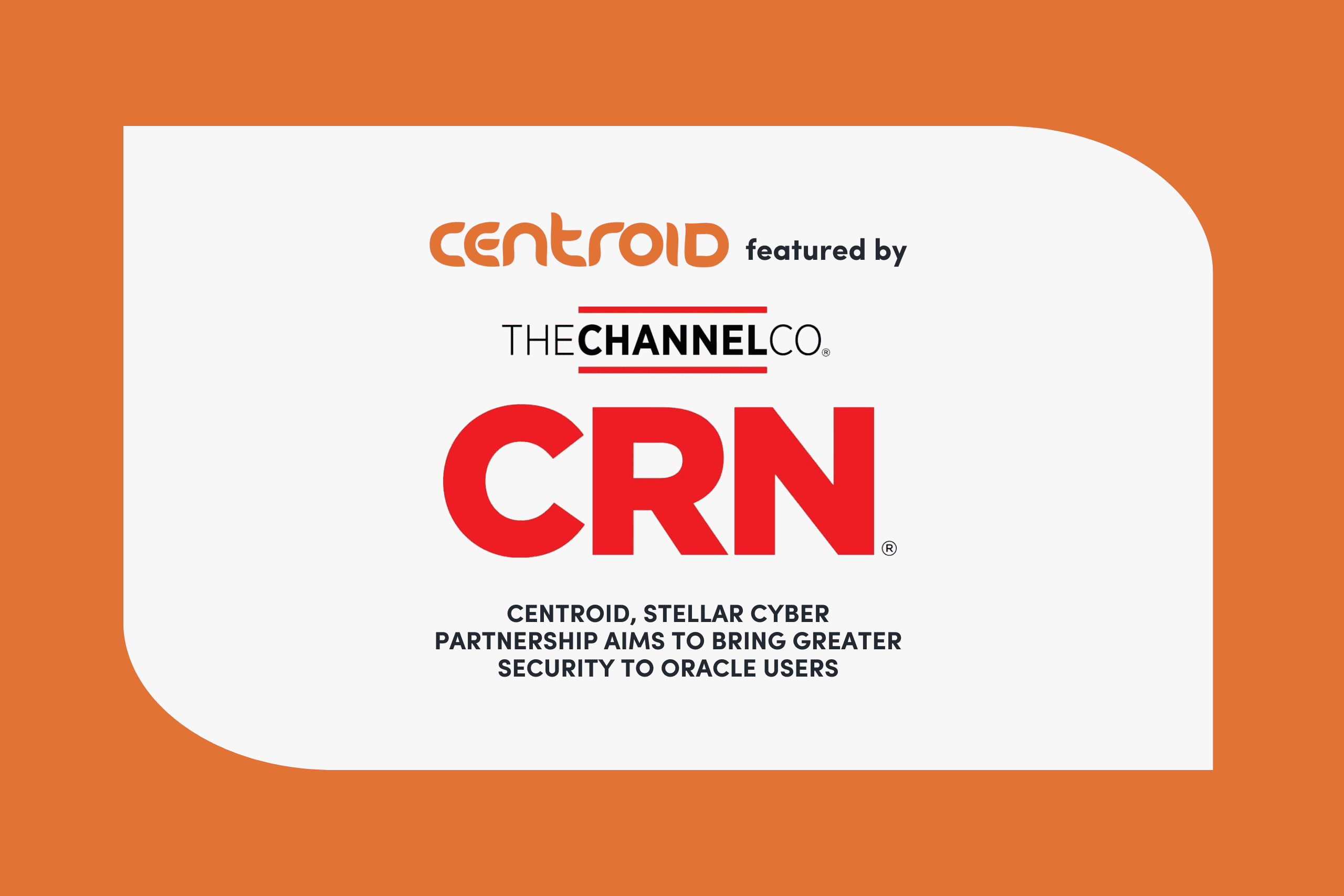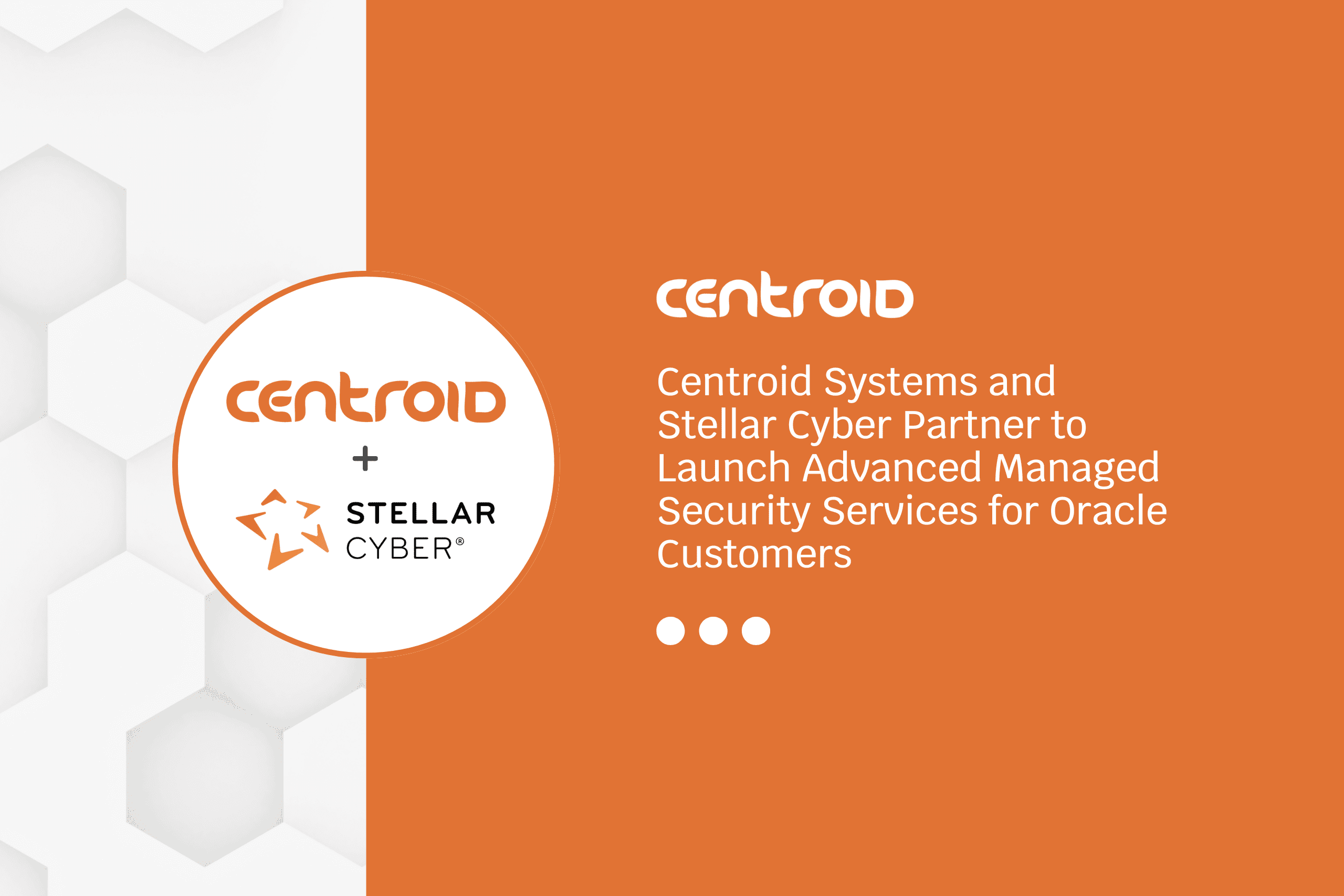by Ajay Arora – Managing Partner & CTO, Centroid
Hardening Oracle Exadata security is crucial due to its role in hosting critical workloads and sensitive data. Exadata combines hardware and software, so a comprehensive security strategy must cover both physical and logical layers.
Here are best practices for hardening Exadata security:
1. Physical Security:
- Secure Environment: Install Exadata racks and related equipment in a locked, restricted-access room.
- Access Control: Keep rack doors locked unless service is actively being performed. Restrict physical access to hot-pluggable or hot-swappable components, as they can be easily removed.
- Secure Storage: Store spare components (FRUs/CRUs), hardware activation keys, and licenses in locked cabinets accessible only to authorized personnel.
- Hardware Tracking: Record serial numbers of all Exadata components and maintain these records securely.
2. Network Security:
- Network Segmentation: Separate management, client, and private networks. Implement strict isolation policies for network traffic between different components (databases, storage, VMs).
- Firewall Configuration: Place Exadata behind corporate firewalls. Implement strict firewall rules (default deny-all) on all layers, including the Exadata servers themselves. Only open necessary ports for secure communication.
- Secure Protocols: Use SSH Protocol 2 (SSH-2) with FIPS 140-2 approved ciphers for accessing database servers. Access databases via encrypted Oracle Net connections (which is often default). Access diagnostics via HTTPS.
- Restrict SSH Access: Limit SSH listener ports to management and private networks. Disable inherently insecure SSH authentication mechanisms.
- Outbound Internet Access: If outbound internet access is required (e.g., for patching or updates), use NAT or a proxy like Azure Firewall (in Azure environments) or a non-Microsoft network virtual appliance.
3. Operating System Hardening (Exadata OS and Database VMs):
- Hardened OS Image: Utilize Oracle’s hardened operating system image, which includes minimal package installation, secure default configurations (e.g., SSH listener restrictions, disabled unnecessary services like NFS), and necessary services running at minimum privilege levels.
- Least Privilege: Ensure all processes and daemons run with the minimum necessary privileges. This also applies to human operators, who should only be granted higher privileges when strictly necessary and with auditing.
- Secure Boot: Enable Secure Boot on Exadata system hardware and KVM guests to ensure only trusted binaries boot the system.
- Password Policies: Implement strong password aging and complexity policies for all operating system users. Define account lockout and session timeout policies.
- Restrict Remote Root Access: Disable direct remote root access.
- System Hardening Tools: Utilize Exadata’s host_access_control command to configure OS-level security settings.
- Patch Management: Regularly apply all relevant and current security patches for the operating system.
4. Database Security (Oracle Database on Exadata):
- User and Account Management:
- Change default passwords for administrative users (SYS, SYSTEM, SYSMAN, DBSNMP).
- Lock, expire, and change passwords for all default and unused accounts.
- Implement strong password policies (length, complexity, mixed case, symbols, no common words) for all database users.
- Enforce failed login limits and account lockout policies.
- Privilege Management:
- Adhere to the principle of “least privilege” (the most important but hardest to implement). Grant only the necessary privileges and roles for users to perform their tasks.
- Avoid granting powerful privileges directly to new database users.
- Manage access to SYSDBA and SYSOPER roles with extreme care, granting them only to the most trusted personnel when absolutely required.
- Protect the data dictionary from unauthorized users and prevent the use of “ANY” system privileges on it. Set O7_DICTIONARY_ACCESSIBILITY to FALSE.
- Data Encryption:
- Transparent Data Encryption (TDE): Mandate and enable TDE for all database tablespaces, especially for sensitive data at rest.
- Data in Transit: Ensure data in transit is encrypted using secure protocols (e.g., SSL/TLS for application connections, encrypted Oracle Net connections).
- Key Management: Securely store and manage encryption keys (e.g., using Oracle Key Vault or OCI Vault for cloud environments).
- Auditing and Monitoring:
- Comprehensive Auditing: Enable and configure robust auditing for all database activities, including successful and failed logon attempts, changes to database objects, roles, and permissions.
- Log Management: Store audit logs securely and for a sufficient retention period (e.g., at least a year). Forward logs to a centralized Security Information and Event Management (SIEM) system for real-time analysis and alerting.
- Continuous Monitoring: Continuously monitor database configuration files and receive real-time alerts when changes occur. Monitor database parameters against company defaults.
- Oracle Audit Vault and Database Firewall (AVDF): Consider using tools like AVDF for comprehensive auditing, threat detection, and real-time blocking of unauthorized activities.
- Database Configuration:
- Install only necessary database features.
- Secure the Oracle Home and installation files with appropriate file system permissions.
- Ensure REMOTE_OS_AUTHENT is set to FALSE (or the equivalent secure configuration in newer versions).
- Protect listener and network connections.
- Remove default accounts.
- Disable unnecessary services and components.
5. Operational Best Practices:
- Security Assessments and Vulnerability Management: Regularly conduct thorough security assessments, vulnerability scans, and penetration tests of the Exadata environment to identify and remediate weaknesses.
- Incident Response: Develop and implement a robust incident response plan specifically for Exadata environments.
- Third-Party Agent Compatibility: Carefully test any third-party security agents (e.g., antivirus, intrusion detection) for compatibility and performance impact on Exadata, as they can sometimes interfere with its optimized operations.
- Documentation: Maintain up-to-date documentation of the security configuration, policies, and procedures.
- Regular Patching: Stay current with Oracle’s Critical Patch Updates (CPUs) and Release Updates (RUs) for the database and Exadata system software.
- Backup and Recovery: Implement robust backup and disaster recovery plans, ensuring backups are encrypted and stored securely.
By implementing these best practices, organizations can significantly harden their Oracle Exadata security posture, protecting their critical data and ensuring compliance with regulatory requirements.
Interested in discovering more best practices for optimizing your Exadata environment?
If so, we invite you to join us on August 27th for an exclusive ExaTech & Multicloud Forum in partnership with Oracle and AMD. The event will take place in Boston at the historical Fenway Park and will include a tour of the stadium to wrap up the event. This dynamic, interactive forum includes several value-packed learning sessions on all things ExaTech including Exadata Database Service on ExaScale Infrastructure, Oracle Database 23ai, Multicloud best practices, and more. The ExaTech & Multicloud Forum includes complimentary breakfast, buffet lunch, networking activities, and the opportunity to have your questions answered by industry experts. The event is complimentary, however, spots are very limited. Check out our event registration page to learn more and secure your spot.






















































































